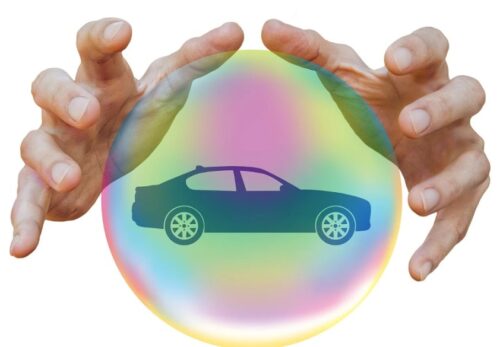As a vehicle owner, you’re familiar with the peace of mind that comes with car insurance. But what if you don’t own a car? You still face risks while on the road. Understanding the nuances between policies for car owners and non-owners is crucial to ensuring your coverage is tailored to your unique needs. Let’s navigate through these differences together.
Coverage Type
Traditional car insurance policies cater to the needs of the car owner, covering liabilities, vehicle damage, and injuries that may occur while operating the insured vehicle. Policies typically include comprehensive and collision coverage, protecting against a variety of incidents, from accidents to theft. In contrast, Car Insurance for Non-Owners is liability coverage for drivers who borrow or rent cars and do not own a personal vehicle. For instance, if you live in a big city and use a car-sharing service like Zipcar, you may want to consider this policy.

This type of insurance covers damages and injuries caused by the policyholder in an at-fault accident but does not cover damages to the borrowed or rented vehicle. This makes non-owner insurance a cost-effective solution for those who drive occasionally without the comprehensive protection that comes with owning a car.
Premium Costs
Premiums for traditional car insurance are generally higher due to the comprehensive nature of the coverage they provide, including the protection against damage to the owner’s vehicle. Factors such as the make and model of the car, the owner’s driving history, location, and the extent of coverage desired all influence the cost. In contrast, non-owner car insurance premiums are typically lower, as the coverage is limited to liability and does not cover vehicle damage.
As non-owners do not have a specific vehicle to insure, the premium is influenced by their driving history and how often they anticipate driving a borrowed or rented vehicle. This form of insurance is economical for infrequent drivers who do not require the full spectrum of protections that come with owning a car.
Policy Requirements
The insurance policy will also depend on your requirements. These could be the following:
- Liability coverage
- Personal injury protection
- Medical payments
- Uninsured/Underinsured Motorist Coverage
- Comprehensive Coverage
- Deductibles
- Policy Limits
- Additional Coverage
Car owner policies generally demand a broader scope of requirements to protect the value of the car and the liabilities arising from its use. These often include mandatory collision and comprehensive coverage, alongside liability protection.
Non-owner car insurance, meanwhile, tends to be more flexible, focusing solely on liability coverage to protect against damages or injuries the policyholder may cause while driving a borrowed or rented car. This streamlined set of requirements reflects the non-owner’s need for basic protection without the responsibility for a specific vehicle.
Vehicle Coverage
Vehicle coverage is a significant differentiator between insurance for car and non-car owners. Car owner insurance typically includes comprehensive and collision coverage, safeguarding against a diverse range of potential damages to the owned vehicle itself, from traffic collisions to theft and natural disasters.
Conversely, non-owner car insurance excludes coverage for physical damages to the vehicle the policyholder is driving. It is designed to offer liability protection, covering damages or injuries inflicted on others in an accident for which the non-owner is at fault, but not the costs related to the borrowed or rented car they’re driving.
Liability Coverage
For car owners, liability insurance is part of a broader policy that addresses damages or injuries they may cause with their vehicle. It typically accompanies other types of coverage, such as collision and comprehensive. Non-car owners, though, would have a standalone liability policy.
This coverage is essential as it protects the non-owner if they are responsible for an accident while driving a borrowed or rented car, but it does not extend to damages sustained by the car itself. Therefore, non-owners carry a more focused form of liability coverage, primarily concerned with the financial responsibility for harm to others without the need to insure a specific vehicle.
Optional Coverage
Optional coverage for car owners typically includes extras like rental reimbursement, roadside assistance, and gap insurance, which covers the difference between the value of the vehicle and the loan amount if the car is totaled. These enhance the car owner’s policy by providing additional safety nets for various scenarios beyond collisions.
Non-car owners, however, typically do not have access to these optional coverages as they relate to owning a car. For them, optional coverage might only include increased limits for liability coverage or adding coverage for medical expenses, reflecting the reduced scope of insurance necessary when one does not own the vehicle being driven.

In summary, whether you own a car or not, the right insurance policy is out there, tailored to your driving habits and needs. It’s imperative to assess your situation, driving frequency, and the coverage you require, ensuring you’re always protected on the road. Don’t wait — find the policy that best fits your life today.





